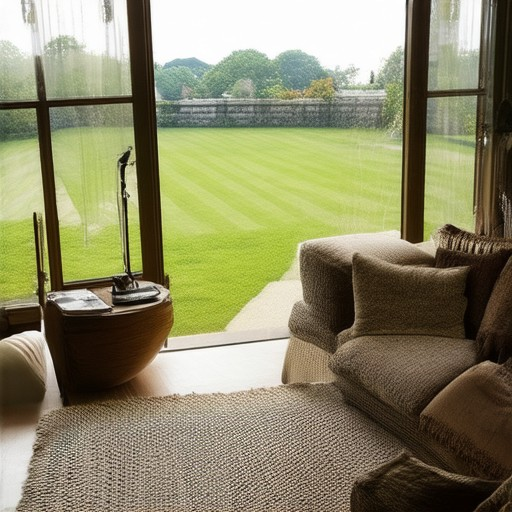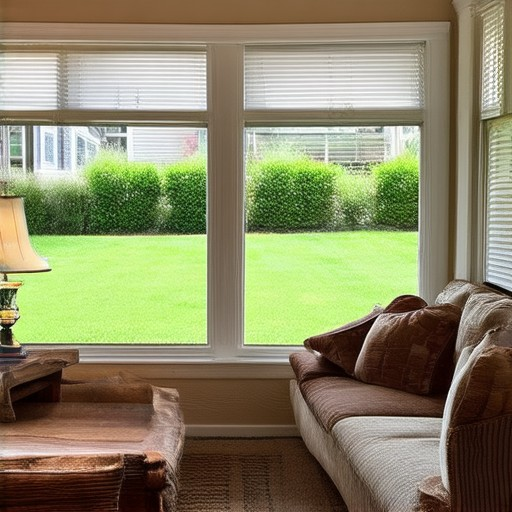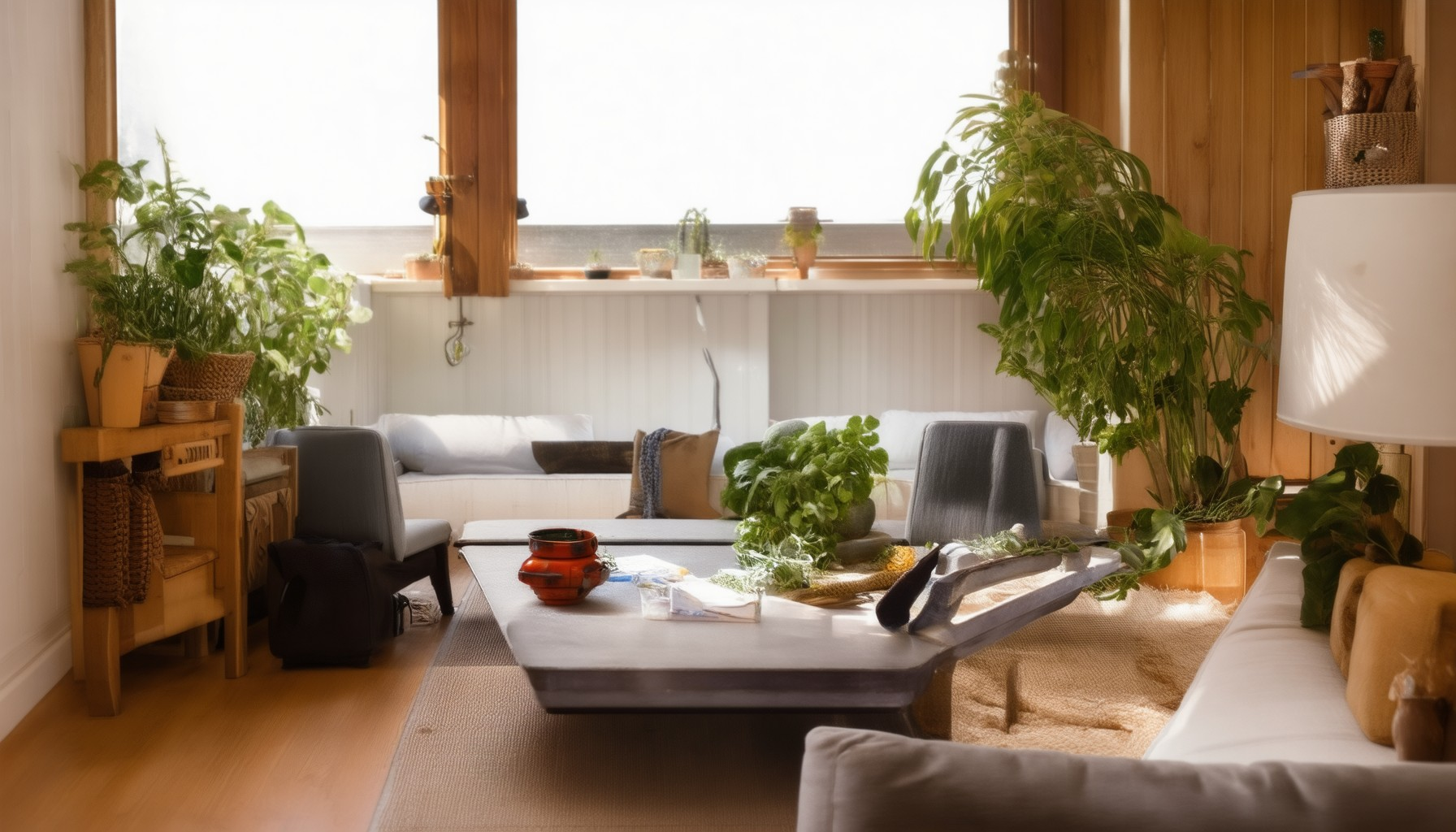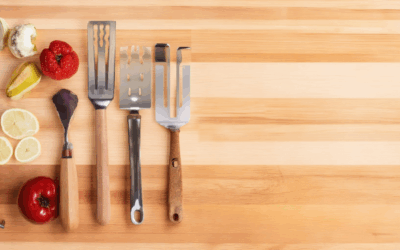Are you ready to transform your home without breaking the bank? In today’s economy, many homeowners are seeking cost-effective ways to enhance their living spaces, and budget-friendly home improvement deals have become increasingly popular. You’ll be happy to know that budget-friendly home improvement deals don’t necessarily mean sacrificing quality or style. Whether you’re looking to refresh yourspace with simple upgrades or embark on a full-scale renovation, there are plenty of options to explore without overshooting your budget. This guide covers everything from quick, small-scale fixes to full-scale remodels, ensuring you find inspiration and practical advice no matter your project size. With expert tips and resources, this comprehensive guide will walk you through how to maximize your budget while achieving stunning results. Whether you’re a seasoned homeowner or new to renovation projects, this guide offers valuable insights to help you make informed decisions and create a space you’ll love without overspending.
Key Takeaways
– $50,000 Renovation Budget Potential: Your $50,000 budget can transform a medium-sized home, focusing on kitchens, bathrooms, flooring, and smart home tech for maximum impact.
– Most Expensive Renovation Factors: Labor costs often surpass materials, especially in kitchen and bathroom remodels, where both labor and high-quality finishes contribute significantly to expenses.
– $100,000 Renovation Scope: With $100,000, you can achieve substantial upgrades, prioritizing kitchen and bathroom renovations, smart home integration, and efficient material use to maximize ROI.

The 30% Rule for Renovations
The 30% rule is a guideline often used by landlords, real estate investors, and homeowners to determine how much money they can safely spend on property renovations without risking a negative return on investment (ROI). Here’s a breakdown of what it involves:
- Understanding Market Value:** First, determine the current market value of your property. This is typically the price it would sell for in its current condition.
- Budget Cap:** The 30% rule states that your renovation budget should not exceed 30% of your property’s market value. This ensures that you’re investing wisely and avoiding overspending.
- Focus on Quality Over Quantity:** Stick to high-quality materials and finishes to maximize longevity and value. Avoid unnecessary upgrades that may not add significant value.
- Consider Long-Term Impact:** The rule helps prevent overspending on short-term fixes that might not provide lasting benefits. Prioritize improvements that add the most value and appeal.
By adhering to the 30% rule, you can make informed decisions that balance aesthetics with practicality, ensuring your renovations enhance both functionality and property value without breaking the bank.
What is the cheapest way to get a home improvement loan?
To determine the cheapest way to secure a home improvement loan, consider the following options:
- Home Equity Line of Credit (HELOC):
A HELOC is often the cheapest option due to lower interest rates compared to unsecured loans. However, rates are typically variable, meaning they may increase over time. - FHA 203k Loan:
This loan allows you to borrow money to fix up your home and is ideal for properties that need renovations. It requires a small down payment (as low as 3.5%) and can be used for significant improvements. - VA Loan (for eligible veterans):
VA loans offer competitive rates and no down payment requirement, making them a cost-effective choice for those who qualify. - Personal Unsecured Loans:
While these have higher interest rates than secured options, they don’t require collateral and are easier to qualify for. - Mortgage Refinance:
Refinancing your current mortgage to secure a lower interest rate can reduce your monthly payments, potentially freeing up cash for home improvements. - Compare Rates Online:
Utilize comparison tools and websites like 35OrLess.com to explore competitive rates and lender options. This can help identify the most affordable solution for your needs.
By evaluating these options and considering factors like interest rates, down payments, and your financial situation, you can select the cheapest home improvement loan that aligns with your goals. Always consult with a financial advisor to ensure the best decision for your circumstances.

Realistic Budget for Home Renovation
A realistic budget for home renovation varies widely depending on the scope and location of the project. In Los Angeles, for instance, costs tend to be higher due to labor expenses and material prices. Here’s a breakdown of typical renovation costs:
- Small Projects: $100 – $300 per square foot (e.g., painting walls, replacing flooring)
- Medium Projects: $300 – $600 per square foot (e.g., kitchen remodel, bathroom updates)
- Large Projects: $600 – $1,200+ per square foot (e.g., adding a deck, full house remodel)
For a more detailed estimate, consider the following tips to stay within budget:
- Plan Ahead: Create a detailed plan to avoid unexpected costs. Prioritize essential upgrades over luxurious ones.
- Shop Smart: Use platforms like 35OrLess to find budget-friendly deals on home improvement supplies, especially in their “Under $30” section.
- Hire Carefully: Work with reputable contractors and obtain multiple quotes to compare prices. Always verify licensing and insurance.
- DIY Where Possible: Take on smaller tasks yourself to save costs, focusing on areas like painting or simple repairs.

$50,000 Renovation Budget: Is It Enough?
Your $50,000 renovation budget can go a long way depending on the scope and scale of your project. Here’s a breakdown of what you can realistically achieve:
- Medium-Sized House (1,500 sq ft): A typical renovation for a medium-sized house can fall comfortably within your budget. Focus on key areas like kitchens, bathrooms, and flooring.
- Kitchen Renovation: Expect to spend between $15,000 to $25,000 for a mid-range upgrade, including cabinetry, countertops, and appliances.
- Bathroom Remodel: A single bathroom renovation typically costs around $12,000 to $18,000, depending on the extent of work needed.
- Flooring Replacement: Installing high-quality tiles or wood floors can cost approximately $8,000 to $14,000 for materials and labor.
- Painting and Wall Treatments: Refreshing walls and adding decorative details can be done for roughly $3,000 to $6,000.
- Additional Extras: Consider adding smart home technology or energy-efficient upgrades, which can increase your budget by $5,000 to $10,000.
Keep in mind that labor costs typically account for 40-80% of the total project cost. Obtain detailed quotes from reputable contractors to ensure your budget aligns with your expectations.
To maximize your $50,000, focus on essential upgrades that enhance functionality and aesthetics without overspending. Prioritize areas that will provide the most value and satisfaction, such as modernizing the kitchen and bathrooms, and ensure your contractor provides accurate estimates before beginning work.
Most Expensive Part of Remodeling a House
When considering the costs involved in remodeling a house, several factors contribute to the overall expense, with two primary contenders often leading the charge: labor and materials. Labor typically accounts for a significant portion of the budget, encompassing wages for workers, equipment usage, and material transportation. Materials, particularly high-quality finishes or large-scale projects, can also be substantial.
Labor costs are frequently cited as the most expensive element, as they cover not only the laborers’ time but also the cost of tools, machinery, and other operational expenses. On the other hand, materials can become a major expense, especially when selecting premium items like custom cabinetry, imported tiles, or energy-efficient systems. The specific most expensive component can vary based on the scope and scale of the remodel, with kitchens often involving high material costs due to appliances and countertops, while bathrooms may incur higher plumbing expenses.
Therefore, while both labor and materials play pivotal roles in the remodeling budget, labor generally emerges as the most expensive aspect, though materials can sometimes take precedence depending on the project’s specifics.

Renovating a House for $100,000
Renovating a house for $100,000 is achievable with careful planning and prioritization. Here’s a breakdown of how you can approach it:
- Budget Allocation
- Kitchen Remodel: $15,000 – $25,000 (Depends on the extent)
- Bathroom Update: $10,000 – $20,000
- Flooring Replacement: $8,000 – $12,000
- Painting and Wall Repairs: $5,000 – $10,000
- Lighting and Fixtures: $3,000 – $6,000
- Labor Costs
- Material Selection
- Permits and Planning
- Smart Home Technology
- Prioritize Essential Upgrades
- Professional Assistance
- Conclusion
Labor typically accounts for 30-50% of the total cost. Plan accordingly and obtain multiple quotes from reliable contractors.
Opt for budget-friendly materials while maintaining quality. Look for deals, use second-hand materials where possible, or consider DIY options where feasible.
Ensure you have all necessary permits and approvals before starting any major work. Plan the project timeline carefully to stay within budget.
Consider adding smart home features if your budget allows. These can enhance convenience and functionality while potentially increasing property value.
Focus on essential upgrades that provide the most return on investment, such as kitchen and bathroom renovations, which often yield higher resale value.
Work closely with a trusted contractor or designer to manage the renovation process effectively and stay within budget.
With $100,000, you can undertake a significant renovation project, though the exact scope will depend on your priorities and the quality of materials and labor you choose. Proper planning and execution are key to staying on track and achieving your desired outcome.
For more details and inspiration, visit our website to explore budget-friendly renovation ideas and tips.




